Czech to English translation and localization come with their own set of hurdles, especially when it comes to grammar. Czech grammar is rich, highly inflected, and structurally different from English in nearly every possible way. While this complexity makes Czech expressive and flexible, it creates major challenges for translators aiming to produce natural, fluent English content. A sentence that sounds perfectly normal in Czech can feel awkward, overly complex, or unclear in English if translated directly.
This article explores five Czech grammar features that consistently complicate English localization—and more importantly, how professional translators resolve them. We’ll look at issues like flexible word order, grammatical cases, reflexive verbs, aspect pairs, and formal vs. informal speech. Each section breaks down why these differences matter and how they impact meaning, tone, and readability for English-speaking audiences. If you’re curious why Czech to English translation takes so much skill, these grammatical challenges reveal exactly what makes the process so intricate.
- Czech’s Flexible Word Order vs. English’s Fixed Structure
Czech sentences can rearrange subjects, verbs, and objects for emphasis without changing meaning. English, however, relies heavily on fixed SVO structure. When translators convert sentences too literally, the result sounds unnatural or confusing. Professionals restructure sentences entirely to ensure clarity while preserving the original emphasis. This often requires rewriting rather than straightforward translation.
- The Seven Grammatical Cases and Their Missing English Equivalents
Czech’s case system adds meaning through word endings, indicating relationships between nouns. English expresses these relationships through prepositions, word order, or context. Translators must interpret each case correctly to avoid distorting meaning. A single Czech word may have multiple English equivalents depending on case usage, so accuracy relies on understanding the full sentence context.
- Reflexive Verbs That Don’t Exist in English
Reflexive verbs like “učit se” (to learn) or “dívat se” (to look at) don’t always translate directly. English often drops the reflexive element or uses different verb structures. This creates challenges when the reflexive form changes nuance or tone. Translators must choose English phrasing that captures the same sense of action and intention without sounding unnatural.
- Perfective vs. Imperfective Verb Aspects
Czech distinguishes between ongoing actions and completed actions through verb aspect, often using different verbs entirely. English expresses aspect through auxiliary verbs or context. A mistranslated aspect can change the timeline or meaning of an event. Translators ensure that each verb accurately reflects whether the action is finished, ongoing, repeated, or habitual.
- Formal vs. Informal Speech Levels
Czech clearly differentiates between formal and informal address, especially with “ty” vs. “vy.” English lacks direct equivalents, so translators must convey respect or informality through tone, vocabulary, and sentence structure. This becomes essential in marketing, legal documents, customer service content, and storytelling. Careful adaptation helps English readers sense character relationships and social dynamics.
Conclusion
Czech grammar is beautiful, expressive, and incredibly nuanced—but it also makes localization into English remarkably challenging. Understanding word order differences, grammatical cases, verb aspects, and speech levels is essential for producing accurate, natural English translations. When handled well, Czech to English localization preserves the meaning, tone, and emotional intent of the original text while ensuring English readers receive a smooth, intuitive experience.
Professional translators do far more than convert words. They interpret structure, reconstruct grammar, and adapt tone to bridge two very different linguistic systems. Whether you’re localizing marketing materials, software, literature, or legal documents, recognizing these grammar challenges is the first step toward producing polished, culturally resonant English content. With the right expertise and attention to detail, Czech messages can shine brightly in English-speaking markets without losing their original voice.
FAQs
- Why is Czech word order hard to translate into English?
Because English requires fixed structure, while Czech allows flexible rearrangement. - Do grammatical cases make Czech harder to localize?
Yes—cases add meaning that must be expressed differently in English. - What’s the biggest challenge with reflexive verbs?
Finding English equivalents that capture nuance without awkward phrasing. - Why are verb aspects important in translation?
They determine timelines and must be accurately reflected in English. - How do translators show formality in English?
Through tone, vocabulary choice, sentence style, and context cues.


